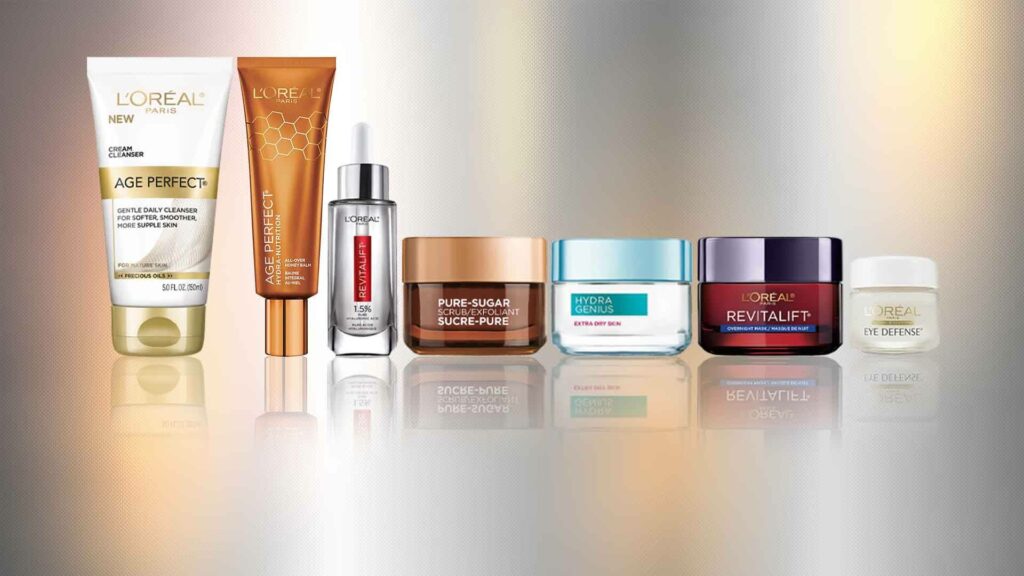Pharmacist Jobs in Lahore (April 2025) | Latest Openings, Salary Guide
Pharmacist Jobs in Lahore (April 2025) | Latest Openings, Salary Guide
Searching for pharmacist jobs in Lahore? You're in the right place! Lahore’s healthcare and pharmaceutical industry is booming in 2025, creating exciting career opportunities for fresh Pharm-D graduates and experienced pharmacists alike. Whether you’re aiming for a hospital pharmacy, a retail chain, or a pharmaceutical giant, there’s a career path waiting for you.
🚀 Latest Pharmacist Job Openings in Lahore (April 2025)
Here are the leading organizations currently hiring pharmacists in Lahore:
1. Shaukat Khanum Memorial Cancer Hospital (SKMCH)
- Position: Clinical Pharmacist / Dispensing Pharmacist
- Location: Lahore
- Requirements: Pharm-D degree with clinical pharmacy certification preferred.
- Apply: Apply Here
2. Fatima Memorial Hospital (FMH)
- Position: Hospital Pharmacist
- Location: Lahore
- Key Duties: Dispensing medications, patient counseling, pharmacy inventory management.
- Apply: Apply Here
3. Ferozsons Laboratories Ltd.
- Position: Production Pharmacist
- Location: Lahore Plant
- Responsibilities: Overseeing production processes, ensuring GMP compliance.
- Apply: Apply Here
4. Servaid Pharmacy Chain
- Position: Retail Pharmacist
- Location: Across Lahore
- Benefits: Competitive salary packages, bonuses, and career development programs.
- Apply: Apply Here
5. GSK Pakistan – Lahore Plant
- Position: Quality Assurance Pharmacist
- Location: Lahore Industrial Area
- Salary: PKR 90,000–120,000 depending on experience.
- Apply: Apply Here
🏥 Top Organizations Offering Pharmacist Jobs in Lahore
| Organization | Sector | Career Page Link |
|---|---|---|
| Shaukat Khanum Hospital | Hospital | Careers |
| Fatima Memorial Hospital (FMH) | Hospital | Careers |
| Ferozsons Laboratories Ltd. | Pharmaceutical | Careers |
| Servaid Pharmacy | Retail Pharmacy | Careers |
| GSK Pakistan | Pharmaceutical | Careers |
✨ Popular Pharmacist Roles in Lahore
- Clinical Pharmacist: Participating in clinical rounds and advising physicians at Shaukat Khanum Hospital.
- Hospital Pharmacist: Dispensing medications and providing patient counseling at Fatima Memorial Hospital.
- Retail Pharmacist: Serving customers and managing pharmacies like Servaid Pharmacy.
- Production Pharmacist: Ensuring quality standards at pharmaceutical units like Ferozsons Laboratories.
- Quality Assurance Pharmacist: Working on regulatory compliance at companies like GSK Pakistan.
💰 Pharmacist Salary in Lahore 2025
| Experience Level | Expected Salary (PKR/Month) |
|---|---|
| Fresh Graduates | 35,000 – 60,000 |
| 2–5 Years Experience | 65,000 – 90,000 |
| Senior / QA / Production Roles | 100,000 – 150,000 |
✅ Skills in Demand for Pharmacist Jobs in Lahore
- Strong knowledge of pharmacology and drug interactions.
- Certification in Clinical Pharmacy, GMP, or Pharmacovigilance.
- Excellent communication and counseling skills.
- Experience with pharmacy management systems and software.
❓ Frequently Asked Questions (FAQs)
Are there good job opportunities for fresh pharmacists in Lahore?
Yes! Hospitals like Shaukat Khanum and retail chains like Servaid regularly offer entry-level positions with proper training programs.
Which sector offers the highest salaries for pharmacists?
Pharmaceutical companies, especially in Quality Assurance (QA) and Regulatory Affairs, offer the best pay scales in Lahore.
Is a license mandatory to work as a pharmacist in Lahore?
Yes, registration with the Punjab Pharmacy Council is mandatory to work as a licensed pharmacist.
What certifications can boost my pharmacist career in Lahore?
Certifications in Clinical Pharmacy, Pharmacovigilance, GMP Compliance, and Hospital Pharmacy Management are highly valued by employers.
Final Thoughts: Lahore’s dynamic healthcare industry is creating excellent career opportunities for pharmacists in 2025. If you are passionate about healthcare and patient service, apply now at organizations like Shaukat Khanum, Fatima Memorial Hospital, or Ferozsons Laboratories and jumpstart your professional journey!
Labels: Pharmacist Jobs in Lahore (April 2025) | Latest Openings, Salary Guide









.jpg)
